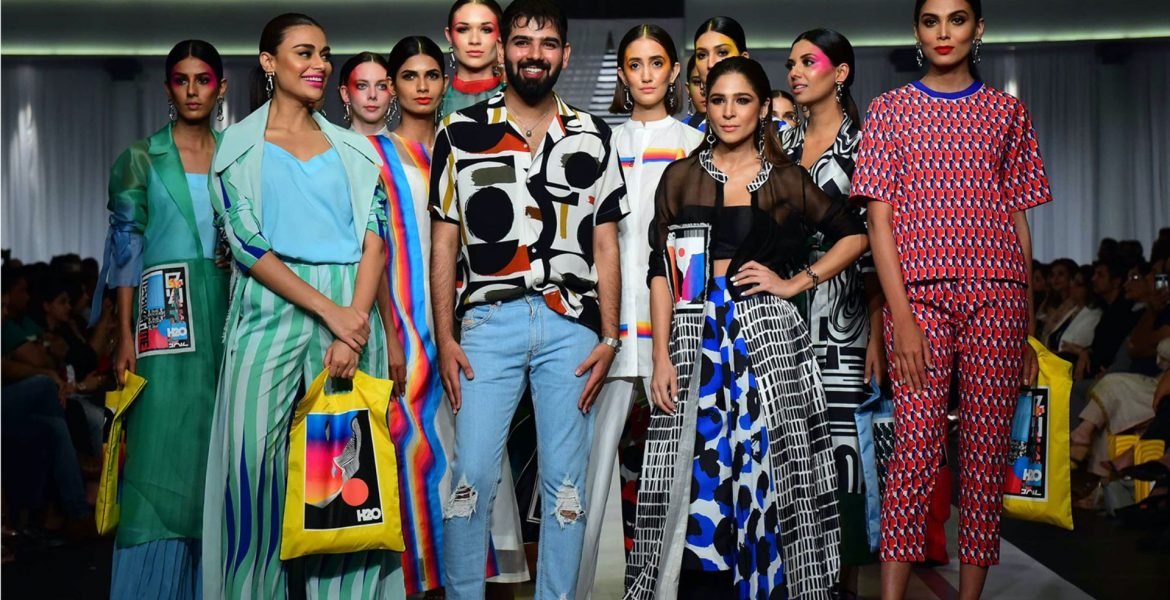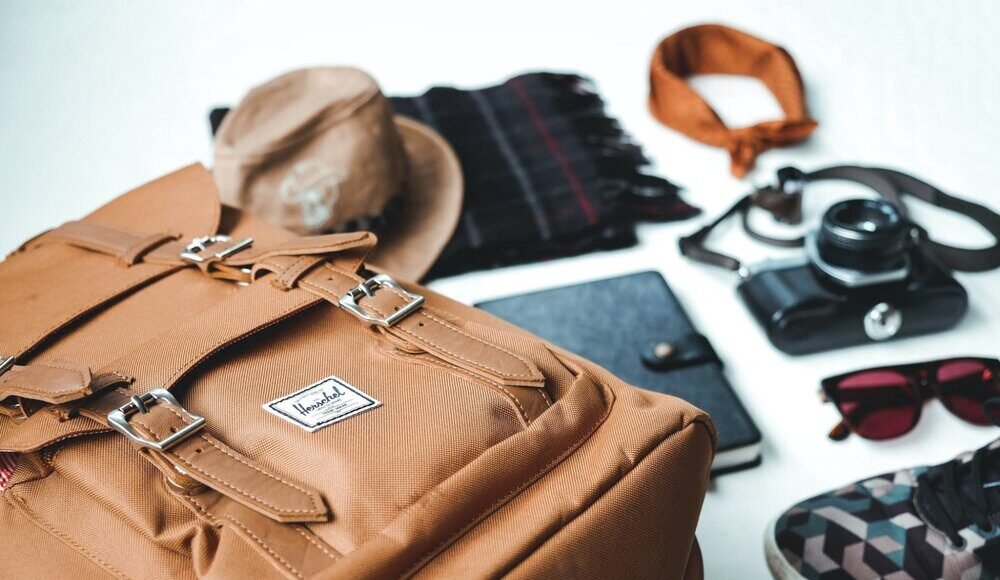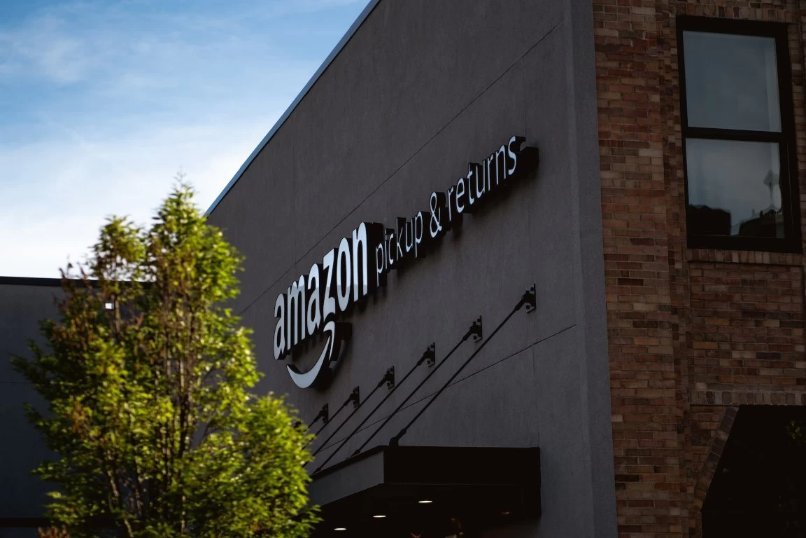Hey there, fellow style seeker. Picture this: It’s a crisp autumn morning in 2012, and I’m rummaging through my grandpa’s old attic, unearthing a weathered leather wallet that’s seen more adventures than Indiana Jones. The edges were frayed, sure, but that rich, honeyed patina? It told stories—of road trips, late-night poker games, and quiet moments of wisdom shared over coffee. That wallet sparked my obsession with leather, turning me from a casual shopper into a hands-on enthusiast who’s since crafted, collected, and cared for dozens of pieces. If you’re here because you’re eyeing a new belt that won’t snap on your first hike or a handbag that ages like a fine wine, you’re in the right spot. Let’s dive into the types of leather for fashion accessories, where durability meets drama, and every choice feels personal.
Understanding the Basics of Leather Grades
Leather isn’t just one thing—it’s a family of materials, each with its own personality shaped by how the hide is processed. At its core, leather comes from animal skins tanned to prevent decay, but the grade determines everything from feel to longevity. Full-grain, the top dog, keeps the entire outer layer intact for unmatched strength. Then there’s top-grain, sanded for smoothness but still tough. Lower down, genuine and bonded leathers prioritize affordability over heirloom status. Knowing these basics helps you spot quality amid the sea of “genuine leather” labels that often hide shortcuts.
I’ve learned the hard way: That “bargain” belt from a big-box store? It lasted six months before cracking. Investing in the right grade turned my accessories into lifelong companions, blending practicality with that irresistible tactile joy.
Full-Grain Leather: The King of Durability
Full-grain leather is the untouched gem of the hide world—the outermost layer, complete with natural pores, scars, and grains that scream authenticity. It’s like the rugged cowboy in a rom-com: a bit rough around the edges but endlessly reliable.
This type shines in everyday carry items because it breathes, resists tears, and develops a patina that makes your wallet or bag look better with every scuff. From my grandpa’s relic to my own full-grain messenger bag, it’s the choice for those who want pieces that evolve, not expire.
Pros and Cons of Full-Grain Leather
- Pros: Supreme durability (lasts decades), natural water resistance, unique aging process that adds character—think of it as your accessory’s midlife glow-up.
- Cons: Higher price tag (often $100+ for quality hides), shows scratches more visibly at first, requires occasional conditioning to stay supple.
If you’re building a collection that tells your story, full-grain is non-negotiable. It’s the leather equivalent of a vintage vinyl record—flawed, fabulous, and forever cool.
Top-Grain Leather: Smooth Operator for Everyday Elegance
Slightly sanded to buff out imperfections, top-grain leather strikes a balance between raw beauty and refined polish. It’s the sophisticated sibling who shows up to family gatherings looking effortlessly put-together, without stealing the full-grain’s thunder.
Popular for slimmer wallets and sleek belts, it drapes beautifully and takes dyes evenly for vibrant colors. I once splurged on a top-grain cardholder for a job interview; it hugged my cards like a pro and earned compliments that sealed the deal. Affordable luxury? This is it.
Why Top-Grain Excels in Accessories
For fashion-forward folks, top-grain’s uniformity makes it ideal for structured pieces like crossbody bags, where you want clean lines without the wild markings. It’s versatile enough for office-to-evening transitions, aging gracefully into a soft sheen.
Just don’t expect it to match full-grain’s bombproof toughness—it’s more marathon runner than heavyweight champ.
Genuine Leather: The Budget-Friendly Workhorse
“Genuine” sounds trustworthy, right? But here’s the twist: It refers to any real leather from the middle layers of the hide, often split and finished for consistency. It’s the reliable sidekick—affordable, versatile, but not the star of the show.
You’ll find it in entry-level belts and coin purses, where cost trumps couture. My first DIY wallet was genuine leather from a craft store; it held up through college chaos but never quite captured that premium patina. Great starter, but upgrade when you’re ready for more.
Pros and Cons Breakdown
| Aspect | Pros | Cons |
|---|---|---|
| Durability | Decent for light use; flexible | Prone to cracking over time |
| Appearance | Uniform, easy to dye | Lacks natural depth and character |
| Price | Wallet-friendly ($20–50) | Feels thinner, less substantial |
| Maintenance | Low-fuss cleaning | Doesn’t age as beautifully |
It’s perfect for testing designs or gifting without breaking the bank, but for daily drivers, aim higher.
Exotic Leathers: When Bold Patterns Steal the Spotlight
Exotic leathers—from python’s hypnotic scales to ostrich’s quill bumps—turn accessories into conversation starters. Sourced from reptiles, birds, and more, they’re the wild cards in fashion’s deck, regulated for ethics but prized for drama.
A python belt I bought on a whim in New Orleans? It transformed boring jeans into runway realness, drawing stares at every bar hop. But fair warning: These aren’t for the faint of wallet or heart—they’re statement pieces, not staples.
Top Exotics for Accessories
- Crocodile/Alligator: Scaly armor for luxury clutches; water-resistant and tough.
- Python: Slithery patterns for belts; soft yet striking.
- Ostrich: Quill-dimpled texture for wallets; lightweight luxury.
Pros: Unmatched visual wow-factor, durability in premium cuts. Cons: Steep costs ($200+), ethical sourcing checks needed, harder to maintain.
For that “one-of-a-kind” vibe, exotics deliver—pair with neutrals to let them shine.
Suede and Nubuck: The Velvety Rebels
Flip the hide inside out, and you get suede or nubuck—napped textures that feel like a cashmere sweater’s edgier cousin. Suede is the softer underbelly, while nubuck is lightly buffed top-grain for a subtler fuzz.
These scream boho-chic: Think suede fringe bags or nubuck loafers that whisper “effortless cool.” I once rocked a nubuck wristlet to a festival; it survived mud but needed a gentle brush afterward. They’re romantic rebels—irresistible until rain ruins the party.
Comparing Suede vs. Nubuck
| Feature | Suede | Nubuck |
|---|---|---|
| Texture | Plush, fuzzy nap | Velvety, finer grain buff |
| Durability | Soft but stains easily | Tougher, more scratch-resistant |
| Best For | Jackets, boots | Gloves, small bags |
| Care Level | High (brush, avoid water) | Medium (condition regularly) |
Both add tactile magic to accessories, but they’re best for dry climates or protected wear.
Vegetable-Tanned vs. Chrome-Tanned: Tanning’s Tale
Tanning isn’t just preservation—it’s personality. Vegetable-tanned uses plant extracts for a stiff, eco-friendly start that mellows into rich browns. Chrome-tanned, with mineral salts, yields softer, faster results in endless hues.
My vegetable-tanned belt? It started board-stiff but now molds to my hips like a glove, smelling of earth and history. Chrome’s quicker vibe suits speedy fashion turns. Choose based on your patience: Slow-cooked for patina, or express for vibrancy.
Quick Pros and Cons
- Vegetable-Tanned:
- Pros: Eco-kind, beautiful aging, moldable for custom work.
- Cons: Slower process, initially rigid, pricier.
- Chrome-Tanned:
- Pros: Supple from day one, colorfast, affordable.
- Cons: Less breathable, potential chemical concerns.
For sustainable souls, veg-tan wins; for bold colors, chrome’s your canvas.
Choosing the Right Leather for Your Accessory
Matching leather to purpose is like pairing wine with dinner—harmony matters. For bags, full-grain or top-grain handles weight and weather. Wallets? Top-grain’s slim profile prevents pocket bulk. Belts thrive on vegetable-tanned’s structure.
Consider your life: Hiker? Go rugged full-grain. Urbanite? Sleek exotics. Budget? Genuine for trials. I’ve mismatched before—a suede bag in monsoon season was a soggy disaster—but nailing it feels like destiny.
Best Tools for Leather Care and Crafting
To keep your investments shining, stock these essentials:
- Leather conditioner (like Lexol): Hydrates without greasiness.
- Soft brush: Revives suede’s nap.
- Edge paint kit: For DIY pros finishing custom edges.
- Where to Get Them: Tandy Leather for tools, or Amazon for quick kits.
These aren’t just supplies—they’re the secret to longevity.
Where to Source Quality Leather and Finished Pieces
Hunting premium leather? Skip the malls; head to specialists. For raw hides, BuyLeatherOnline offers Italian veg-tanned beauties direct from tanneries—ethical and trend-aligned. Crafters swear by Maverick Leather Company for U.S.-sourced sides at fair prices.
For ready-made? Ethical brands like MAHI Leather craft full-grain wonders. Or browse Etsy for artisans blending types into bespoke bliss. Pro tip: Always check CITES for exotics to ensure sustainability.
My go-to? Local markets for that personal touch—nothing beats haggling over a hide with a tanner who shares stories.
People Also Ask: Quick Hits on Leather Choices
Google’s got questions, and I’ve got answers drawn from real searches. These snippets tackle common curiosities for fast insights.
What is the most durable leather for accessories?
Full-grain wins hands-down—its intact fibers shrug off daily abuse like a pro. Expect 10–20 years of faithful service if conditioned right.
Is genuine leather real leather?
Yes, but it’s the mid-tier stuff from hide splits. Real? Absolutely. Luxe? Not quite—opt for full- or top-grain for that upgrade.
What type of leather is best for bags?
Full-grain for totes that travel; top-grain for structured satchels. Both handle straps and spills without folding under pressure.
How do I care for exotic leather accessories?
Gentle wipe-downs with a microfiber cloth, no harsh chemicals. Store in breathable dust bags to preserve those scales—treat ’em like divas.
Can I use suede for wallets?
Sure, for a soft-touch vibe, but pair with a protective liner. It’s cozy but cries at spills, so urban dry spells suit it best.
FAQ: Your Burning Leather Questions Answered
Got queries bubbling up? Here are five real-user faves, pulled from forums and chats, with straightforward scoop.
Q: What’s the difference between full-grain and top-grain for wallets?
A: Full-grain keeps every natural mark for bombproof strength and patina magic, ideal for heirlooms. Top-grain sands imperfections for a sleeker, more uniform feel—great if you hate visible scars but still want durability. Both beat “genuine” for longevity.
Q: Are exotic leathers ethical to buy?
A: Many are, thanks to CITES regulations tracking sustainable sourcing. Stick to certified suppliers like those on BuyLeatherOnline—I’ve vetted a few, and transparency is key. Avoid bargains; they’re often red flags.
Q: How do I spot fake leather in accessories?
A: Real leather warms to your touch, smells earthy (not chemical), and shows slight texture variations. Faux? Plastic-y scent, uniform weave, and it stays cool. Burn test as last resort: Genuine curls without melting. Trust your nose first.
Q: Best beginner leather for DIY belts?
A: Vegetable-tanned top-grain—it’s forgiving for stamping and dyes beautifully. Grab a 8–10 oz. hide from Tandy Leather; my first belt project turned a boring afternoon into a custom keeper.
Q: Does chrome-tanned leather fade faster?
A: Not really—it holds colors like a champ but might stiffen without conditioning. Veg-tan shifts hues naturally over time. For vibrant belts, chrome’s your pick; for evolving tones, go veg.
There you have it—your roadmap through leather’s lush landscape. From that attic find to the bag slung over my shoulder today, these materials aren’t just accessories; they’re chapters in your story. What’s your next leather love affair? Grab a hide, stitch a seam, or snag a ready piece—and let’s keep the conversation going. After all, the best accessories? The ones that stick around for the plot twists.



